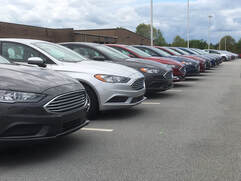 Image © by Brian E. Faulkner
Image © by Brian E. Faulkner So why all the angst over a business decision?
Because for those of us who came of age in the post-war American car culture, Ford and Chevrolet were the brands we obsessed about most. They were the big sales guns and most families’ bread and butter choices. You could buy one with an AM radio or no radio at all, two doors or four, V-8 or six, standard shift or automatic, power steering and brakes, a heater and most assuredly whitewall tires (blackwalls were boring and for cheapskates). That’s about it. Sure, some folks purchased Plymouths and Dodges, my dad for one, but they were perennial also-rans despite Chrysler Corporation’s successful Forward Look designs launched in 1955 and brought into full flight beginning in '57.
My teenage bud I were smitten with cars – we liked them all, including the odd-looking Henry J driven by a neighbor who was pretty odd looking himself. There were Pontiacs and Buicks, DeSotos and Chryslers, Oldsmobiles and Cadillacs -- Packards and Studebakers, too, for a while. But it was Fords that grabbed most of our attention, especially the white and pink ’55 Fairlane Crown Victoria owned by my friend’s older brother, the car with a distinctive chromed arch across the roof that was supposed to emulate the look of a fancy horse-drawn carriage.
“I can understand why a '55 pink and white Crown Vic would smite you,” my car nut friend Ron agreed recently as we swapped stories one morning during a diner-style two-eggs-over-easy breakfast at a local eatery. “It was so cool and oozed the glitz and promise of the 1950's – and by the way,” he proclaimed with the authority of a man who was there when the classic car thing began, “the darker pink was called Tropical Rose, the light pink, Coral Mist.” You gotta understand that we didn’t know Coral Mist from Lustful Red at fourteen and fifteen. We just wanted to drive THAT CAR and plotted to make it happen (vs. only sitting in the thing and listening to Chuck Berry on the radio, which best I recall would play without need of the keys).
After a while, we noticed that my bud’s brother took a nap most afternoons. But not before exhausting himself singing arias along with the hi-fi in his bedroom (another object of our envy) while the two of us snickered about his taste in music and waited on the screened porch for the guy to aria himself to sleep. Ten minutes after “all quiet” we had filched the keys and opened the doors to our dreams.
Not being complete and total dummies, we pushed the car back ‘til it stood in front of the house next door, where we could crank it up somewhat out of earshot. However, a problem soon arose that would short-sheet our dream: the Crown Vic was equipped with a stick shift, the operation of which quickly became the object of much heated hilarity as we stalled and cursed and lurched our way right back where we’d started from, abandoned our quest, returned the keys to their hiding place and retreated to the porch to discuss the finer points of clutch technique and come up with excuses in case older brother had awakened and found us out (he hadn’t, and he didn’t).
Predictably, my first car was a ’55 Ford. It was a seven-year-old Country Squire that had “wood” on the side. It set me back $300 and was an essential tool for a delivery job I’d taken between college and the Army. To this day I can’t see a ’55 and not think of the old Squire and how my buddy and I spent time scheming up another shot at driving that pink and white tease of a car up and down the street. As it was, we only got that one chance (he was pilot during our 40-foot run while I kibitzed from the passenger seat). And though I still prefer Fords over Chevrolets from that era, the truth is that more Chevys were sold in the mid to late ‘50s than Fords, including the stylish second-generation Bel Airs.
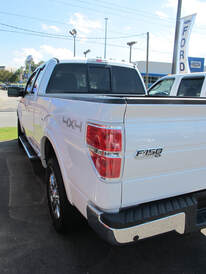 Image © by Brian E. Faulkner
Image © by Brian E. Faulkner After all, some things just ain’t right!
Whatever brand you choose – or not, it will remain virtually impossible to dislodge either from the hearts of true believers. As sure as the sun keeps rising over Detroit, spirited Ford vs. Chevy discussions will continue unabated during neighborhood car meets and slow days at the auto repair shop (as long as there’s still gas to run ‘em). But not many minds will be changed, at least if the old guy from New Jersey I heard about a while back is any example. He was culling his collection and had six cars up for sale, all Fords. “If you have a Chevy,” he told people who wanted to come by for a look, “You don’t come in my driveway, you park out on the road.”
I like that guy.
Takeaway: Create a product for true believers and you'll never lack for sales.
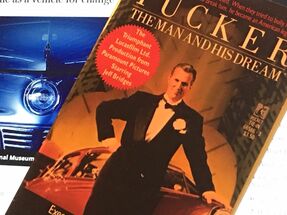
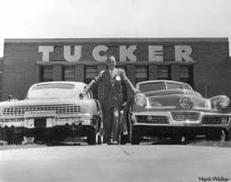



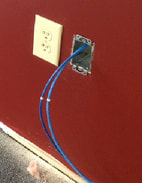

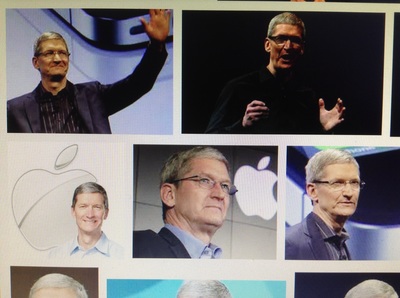
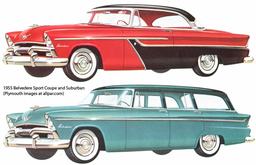

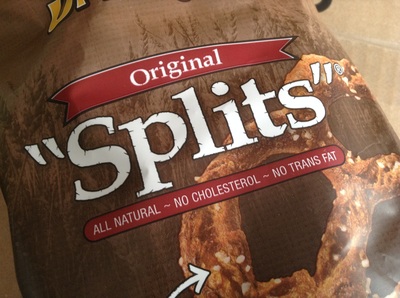


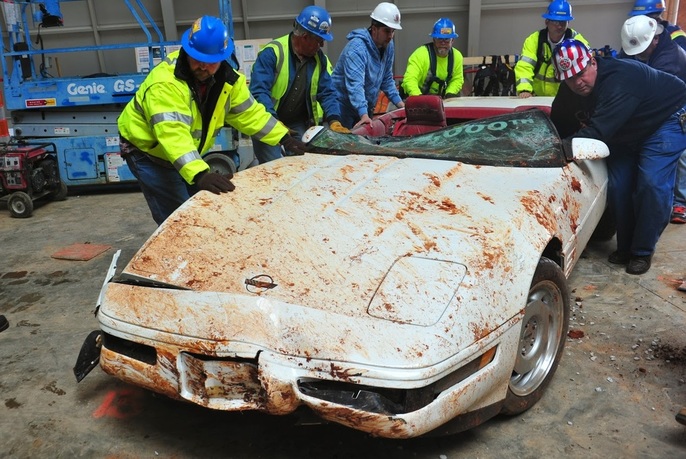
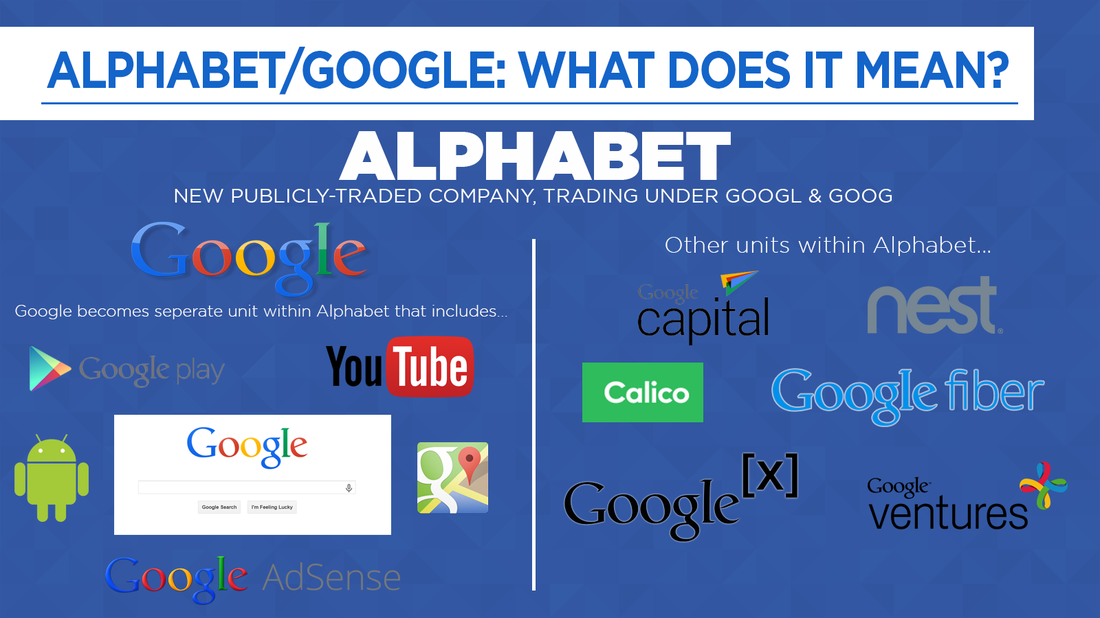


 RSS Feed
RSS Feed